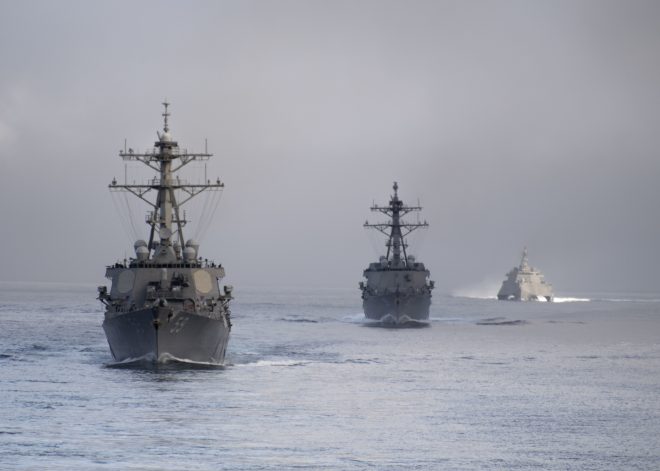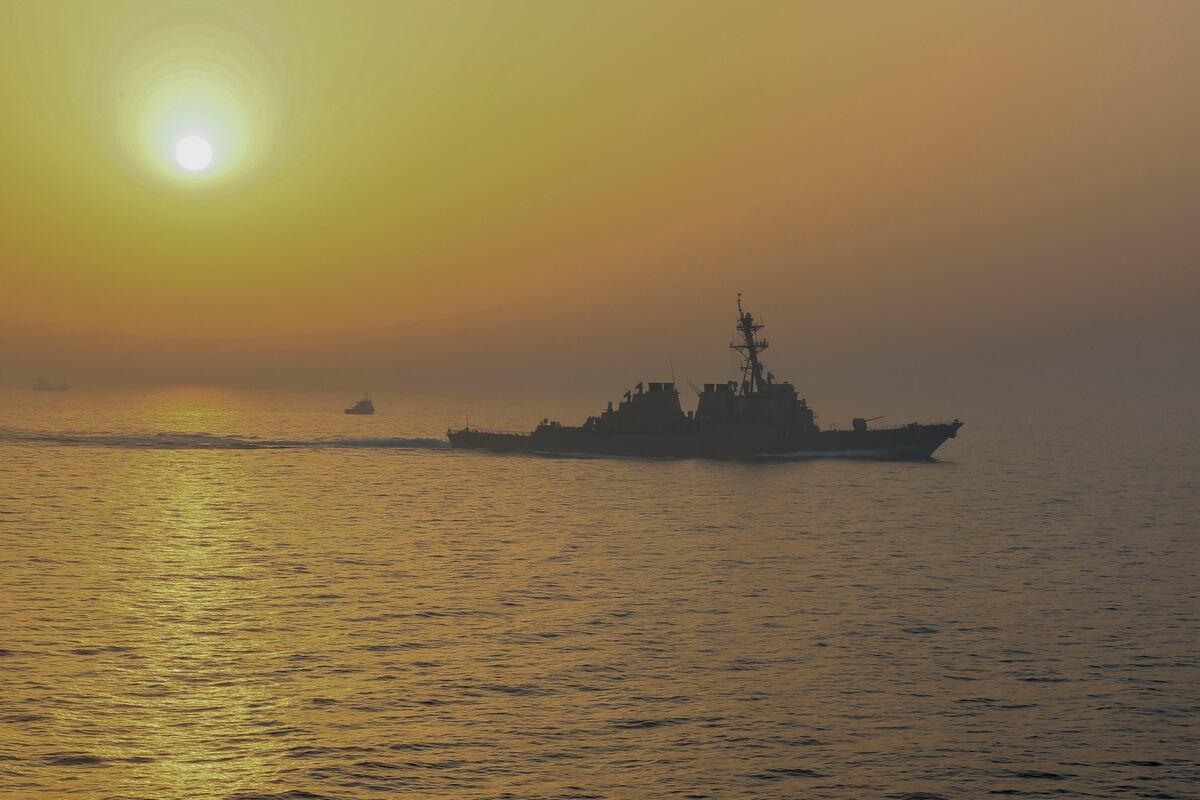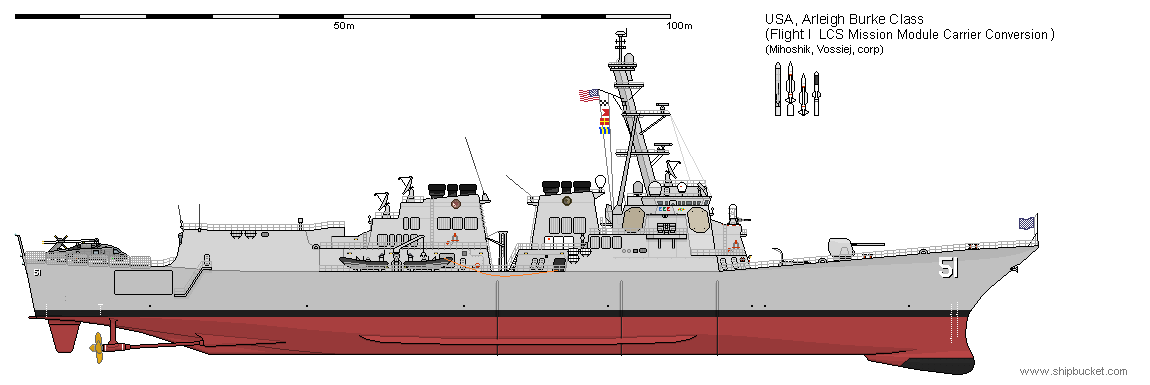- Joined
- 22 April 2012
- Messages
- 2,258
- Reaction score
- 2,306
Using the word "cruiser" doesn't help anybody, its a meaningless term.
As both TomS and Moose allude to the USN has some fundamental decisions to wrestle with, all of which will be major cost drivers, the Director of Surface Warfare outlines some of them in the above linked article:
Deep magazines: thats lots of VLS cells, especially if bigger cells are needed for the Conventional Prompt Strike weapon in addition to 96-128 (or more?) Mk-41s - thats a major size and cost driver and requires the navy to answer exactly how many cells of each type it needs. With the CPW thats a whole new set of questions around target set and CONOPs.
Big sensor: How big? DDG51 Flight III has 14ft x 14ft AN/SPY-6 arrays with 37 RMAs and that is a massive improvement over the Aegis ships. Many years ago, at the tail-end of CG(X), the USN was looking at 22ft arrays and Raytheon has been touting an AN/SPY-6 with 69 RMA arrays but that would drive up the need for cooling, computing, power, top-weight and space...and thus cost. The AN/SPY-6 programme is now relatively mature so the USN should be able to get a good idea of just what it needs.
Other payloads: Rail-guns and lasers, currently not that mature so assessing exactly what they mean in terms of space, weight and power requirements is going to be a challenge, how do you handle that, do you handle that?
Signature: clearly one of the cost drivers in the DDG1000 programme.
Speed, if you are going to build something pushing 15k tons or more that produces enough electrical power to run all of the above it is going to need some serious installed power for the high sustained speeds needed to provide the Air Defence role for the CVBGs. That will further drive size and cost.
All this on a platform that may be built in relatively small numbers if it gets boxed-in as a CG47 replacement (12, one per planned CVBG as the Navy has been trying to do with the current cruisers), so there might be little opportunity to make changes during the build programme.
As for the DDG51, the Navy managed a near perfect balance between capability and cost just a time when the need to make major structural changes in order to upgrade them evaporated (thanks to VLS and miniaturisation of electronics). A 30+ year build programme is a staggering achievement but moving away from that platform was always going to be hard.
As both TomS and Moose allude to the USN has some fundamental decisions to wrestle with, all of which will be major cost drivers, the Director of Surface Warfare outlines some of them in the above linked article:
Deep magazines: thats lots of VLS cells, especially if bigger cells are needed for the Conventional Prompt Strike weapon in addition to 96-128 (or more?) Mk-41s - thats a major size and cost driver and requires the navy to answer exactly how many cells of each type it needs. With the CPW thats a whole new set of questions around target set and CONOPs.
Big sensor: How big? DDG51 Flight III has 14ft x 14ft AN/SPY-6 arrays with 37 RMAs and that is a massive improvement over the Aegis ships. Many years ago, at the tail-end of CG(X), the USN was looking at 22ft arrays and Raytheon has been touting an AN/SPY-6 with 69 RMA arrays but that would drive up the need for cooling, computing, power, top-weight and space...and thus cost. The AN/SPY-6 programme is now relatively mature so the USN should be able to get a good idea of just what it needs.
Other payloads: Rail-guns and lasers, currently not that mature so assessing exactly what they mean in terms of space, weight and power requirements is going to be a challenge, how do you handle that, do you handle that?
Signature: clearly one of the cost drivers in the DDG1000 programme.
Speed, if you are going to build something pushing 15k tons or more that produces enough electrical power to run all of the above it is going to need some serious installed power for the high sustained speeds needed to provide the Air Defence role for the CVBGs. That will further drive size and cost.
All this on a platform that may be built in relatively small numbers if it gets boxed-in as a CG47 replacement (12, one per planned CVBG as the Navy has been trying to do with the current cruisers), so there might be little opportunity to make changes during the build programme.
As for the DDG51, the Navy managed a near perfect balance between capability and cost just a time when the need to make major structural changes in order to upgrade them evaporated (thanks to VLS and miniaturisation of electronics). A 30+ year build programme is a staggering achievement but moving away from that platform was always going to be hard.
Last edited:





